キーワード:文化遺産、保存、活用、理化学分析、考古学
http://rcwasia.hass.tsukuba.ac.jp/ru/index_1
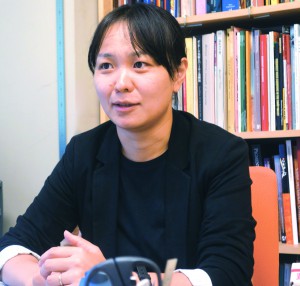 東日本大震災のような自然災害や、内戦・紛争により、古代からの文化遺産は世界各地で破壊され、また、風化による喪失の危機にもさらされています(図1)。
東日本大震災のような自然災害や、内戦・紛争により、古代からの文化遺産は世界各地で破壊され、また、風化による喪失の危機にもさらされています(図1)。
谷口陽子先生が率いるリサーチユニットは、このような遺跡の修復、保存に取り組むべく考古科学の分野で活躍しています。とくに、古代の壁画や遺跡から発掘された道具、装飾品がどのような材料でできているのか、どのような技術が使われていたのかを中心に研究しています。
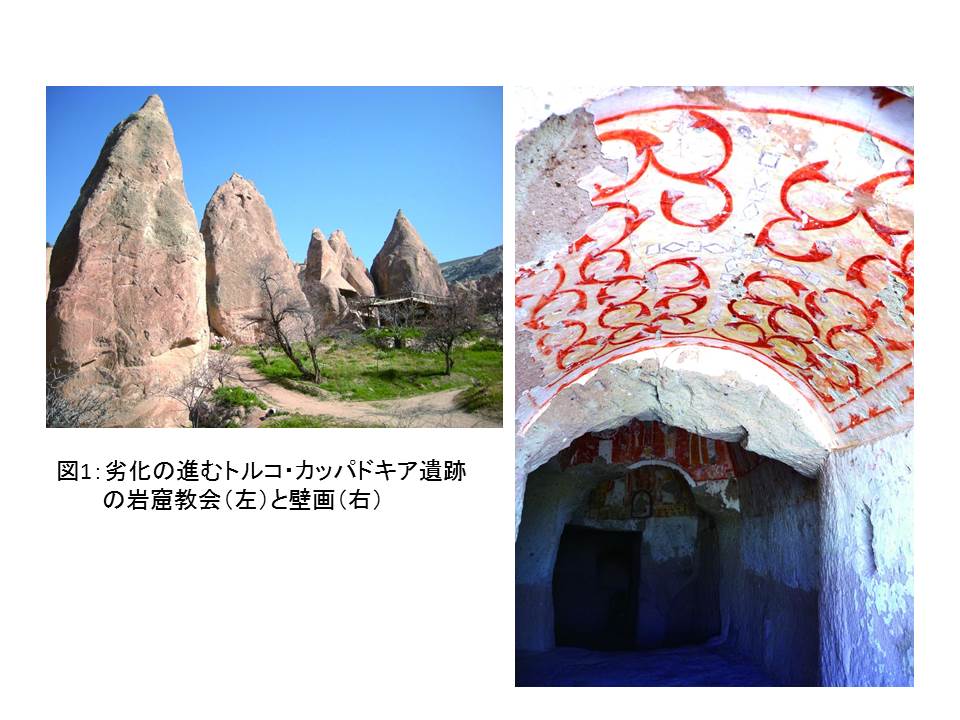
現代化学では未だ再現できない色が古代西アジアにあった!
私たちは、考古学・保存科学・理工学・情報学等の専門性を取り入れたチームを形成し、複合的な研究から古代の技術を解明したいと考えています。例えば青色の顔料を作る技術に焦点を当てると、アフガニスタンでは天然のラピスラズリの石から青色を作り出しましたが、エジプト、シリア、マヤ等では人為的に合成して青色を作る技術が生み出されていました(図2)。約8千年前のシリアにある遺跡から発掘されたアパタイト製の青色ビーズ(図3)も合成された青ですが、 XAFS*1など分析化学の最先端技術を使うと、発色成分はマンガンであることがわかりました。ところが、マンガンは安定な状態では通常黒色や紫色で、どのような技術を用いてマンガンとリンを置換し、極めて安定な状態の青色を作り出したのかは未だ謎です。このような、古代文明に培われた人類の叡智や技術を、私たちは読み解いていきたいと考えています。
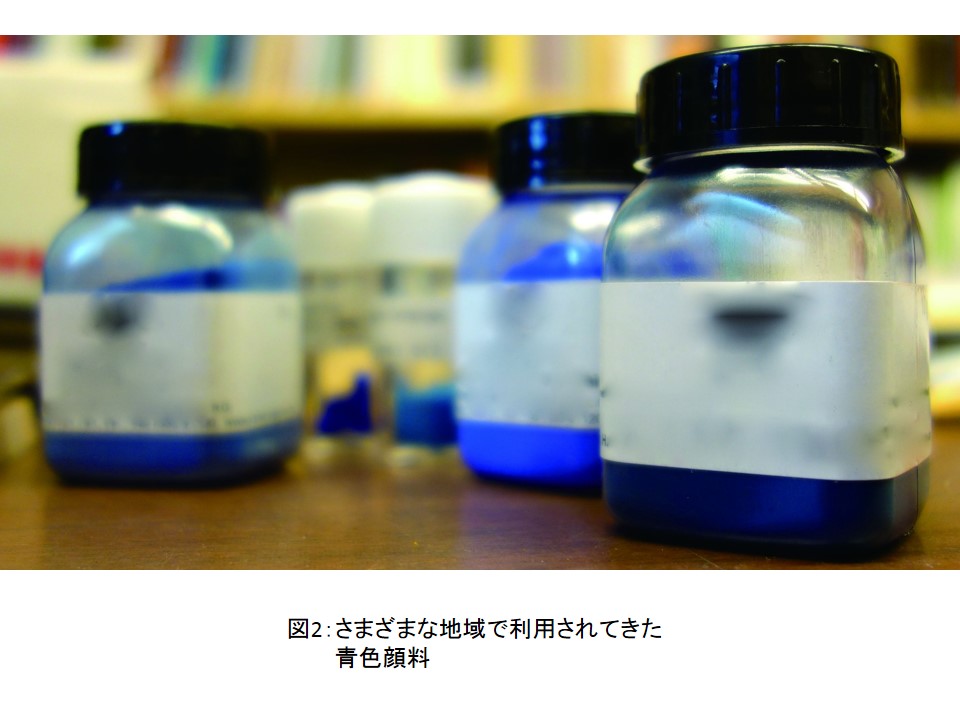
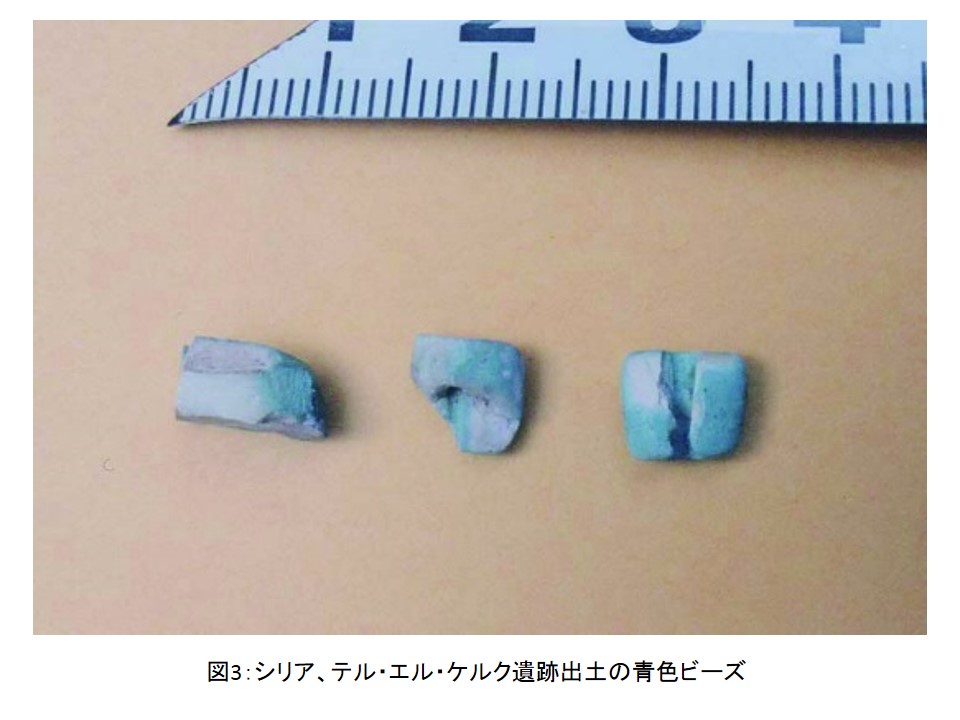
西アジアや日本国内で幅広く活動
上記の彩色文化遺産の分析などの技法調査や、材質調査から得られるデータを実際の保存修復活動につなげ、分析と修復を活動の両軸としています。とくにこのリサーチユニットではトルコのカッパドキア遺跡を対象にし、彩色技法の研究と合わせて、壁画の保存修復や、脆弱な凝灰岩でできている遺跡を風化から守るための基礎研究を行っています。また、同時に遺跡データベースや多層的なメタデータのなどのデータやノウハウを共有化し活用する事も目的としています。岩手県の津波被災文書資料の保存修復作業等も行い、遺跡データベース(図4)では茨城県内の古墳や貝塚等に関する資料を公開しています。
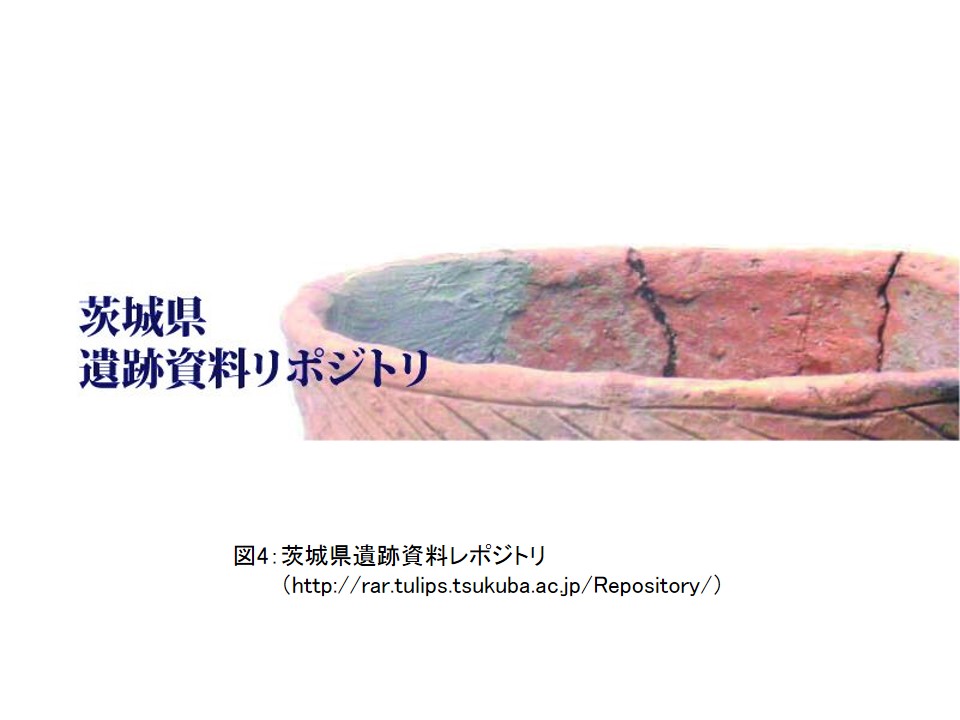
社会への貢献・実績
● 内戦や紛争などの被害が多い、西アジアの古代遺跡の保存・修復に貢献
● 国内の文化遺産の調査、震災被害を受けた資料の保存修復に貢献
● それぞれの分野を代表する研究者による他分野融合型、かつ、筑波大学を拠点とした複 数の研究機関の連携。また、そこから期待される人的資源および分析機器等の共有と競争力の高い研究成果
(取材:平成25年6月19日)
Analysis of Ancient Civilizations using the Most Advanced Modern Science Technologies
Unit members : Miyake, Yutaka
Key words: cultural heritage, conservation, utilization, physical/chemical analysis
Ancient cultural heritage around the world is being destroyed due to natural disasters, including the Great East Japan Earthquake, civil wars, and international conflicts. Such sites are also at risk of erosion caused 
by weathering (Figure 1).
The research unit led by Professor Yoko Taniguchi is involved in the conservation of the remains – archaeological research activities. The research unit aims to identify and examine materials used to create ancient wall paintings , as well as tools and ornaments excavated from the remains, and techniques used at that time.


Figure 1: Rock-hewn church (top) and wall paintings (bottom) of Cappadocia, Turkey, that are deteriorating
.
A color created in Ancient West Asia that has not yet been reproduced even by modern science
A multidisciplinary team consisting of specialists in archaeology, conservation science, science and engineering, and information science conducts research using a complex approach to clarify ancient techniques. For example, the research unit focuses on the techniques for creating blue pigments. Whereas Afghans created blue pigments from lapis lazuli – a type of stone, people in some countries, including Egypt, Syria, and Maya, developed techniques for synthesizing pigments to create blue colors artificially (Figure 2). A synthesized pigment was also used in blue apatite beads excavated from a site in Syria that dates back approximately 8,000 years (Figure 3), and the chromogenic constituent was determined to be manganese by analysis using XAFS*1 and other advanced technologies. However, the color of manganese is usually black or purple. No studies have identified the techniques used to replace phosphorus with manganese and create such a consistent blue. We conduct research to provide knowledge on human wisdom and technologies nurtured by ancient civilizations.

Figure 2: Blue pigments used in many different areas

Figure 3: Blue beads excavated from Tell el-Kerkh remains in Syria
Various research activities implemented in West Asia and Japan
As analysis and restoration are the two principal axes for our research activities, data acquired from surveys of techniques and materials, such as an analysis of the above-mentioned colored cultural heritage, are used for actual conservation activities. The research unit is particularly involved in research on ancient remains in Cappadocia, Turkey. In addition to research on the coloring techniques, we implement the conservation and restoration of wall paintings, and basic scientific studies to prevent the remains, which are fragile, from being eroded. The research unit also aims to share and utilize databases of the remains, data such as multi-layered metadata, and know-how. One of the databases of the remains (Figure 4) provides data on ancient tombs and shell mounds in Ibaraki Prefecture for the public.

Figure 4: Repository of documents related to the remains in Ibaraki Prefecture
Social contributions and achievements
● Conservation and restoration of ancient remains in West Asia often damaged by civil wars and international conflicts
● Surveys of cultural heritage in Japan, and the conservation and restoration of materials and documents damaged by earthquakes and other disasters
● Multidisciplinary research conducted by researchers from different specialized fields, collaboration among research institutions led by the University of Tsukuba, the sharing of human resources and analysis equipment, as well as competitive research achievements, which are expected through the collaboration
